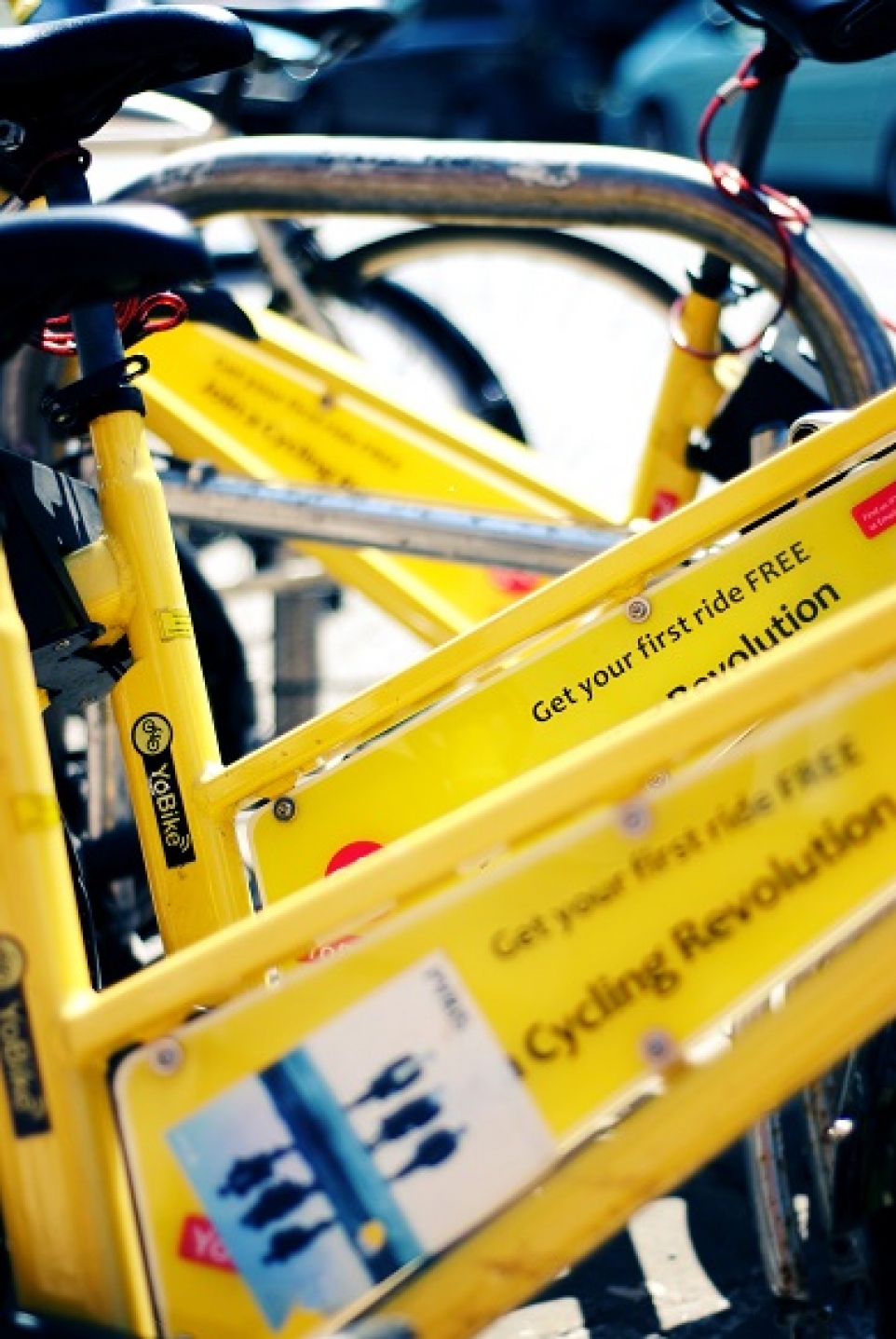The city of Seattle has decided to end its well-known bicycle sharing program. The program, touted by its advocates as a cheap and convenient option for public transit, is technically over, but its future remains uncertain as authorities take the time to evaluate its results and decide its fate. However, the bicycles themselves will be allowed to remain until the city decides on a course of action.
The three companies that rent bicycles in Seattle have been operating on a six-month permit which ends this month. The short duration is due to the fact that this was always meant to be a pilot program. The Seattle Department of Transportation made it very clear that the program is not necessarily dead. They described the six-month pilot period as an opportunity to collect data. Likewise, they described the end of the program as being merely the end of the data collection process.
Starting in January, DOT officials will start sorting through that data and analyzing it. They will be looking at how much people use them, overall costs of the program, what areas are using them the most, and public opinion. A Seattle PR firm has been involved in the process of gauging public opinion. This start up PR is looking for people to give their opinions. But instead of this PR firm, I have given you a link below that leads straight to the Seattle government, as they can inform you better than I can.
The program works like this. You download a smartphone app and use it to locate the nearest available bicycle. All the bikes are equipped with GPS so that this can be done easily and quickly. Then, when you find a bike, you scan a code with your phone and consent to pay a small fee. Then, you simply ride the bike to your destination, and leave it in a convenient spot for the next person.
While it all sounds simple, that last part is causing some problems. Rather than place bicycle racks or corrals in selected places, the city opted to just let people park them and leave them. Of course, this is a problem because the less responsible users will just throw the bike down anywhere and forget about it. The city issued certain guidelines for parking the bikes, but these directions might have confused some people. For instance, you can park the bike in a landscaped area next to the sidewalk, but only if that area is at least three feet wide. You also must allow at least six feet on either side for pedestrians. Also, you cannot park them on corners, in driveways, or on ramps. In addition, users are instructed not to block access to any buildings, benches, bus stops, parking meters, or hydrants. Can you see how some people will have a problem with this? Not everyone is good at judging distances, and not everyone is willing to be considerate of others. Still, it is only fair to admit that parking is the only major problem.
All signs so far point to a permanent program being presented in the spring. It is not yet certain if they will preserve what is perhaps the most innovative aspect of this program, which is its use of electric bicycles. For those of you who don’t know, electric bicycles are simply bikes that are assisted by an electric motor to take most of the strain off the user. They are particularly well suited for disabled people.
Despite a few problems, this program seems set to continue.








Leave A Comment